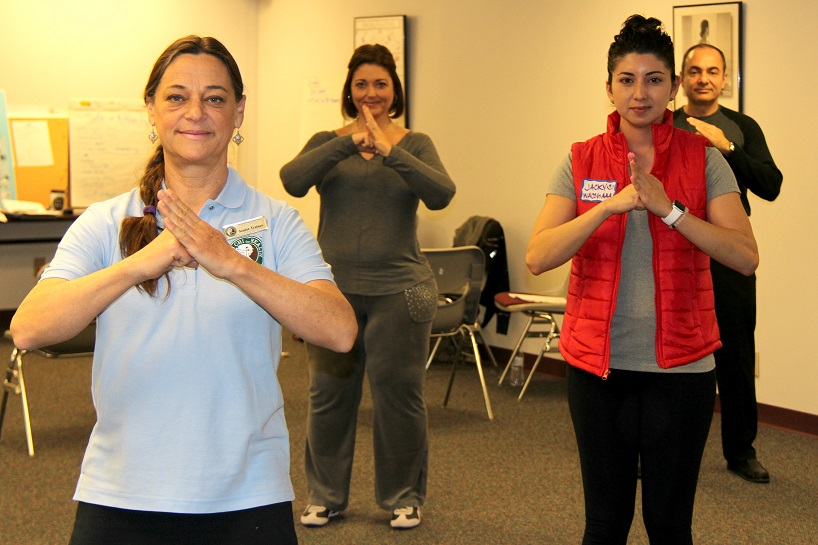 As we age, one of the best things we can do for ourselves and our loved ones is to maintain a healthy body, mind, and spirit by participating in activities that are both effective and fun. Too often, while we know that being physically, mentally, and emotionally active will add years-to- our-life, and life-to-our-years, we don’t latch onto activities that we can sustain over time. And if we do, we have difficulty finding sufficient time in our busy lives to do all that we want to do.
As we age, one of the best things we can do for ourselves and our loved ones is to maintain a healthy body, mind, and spirit by participating in activities that are both effective and fun. Too often, while we know that being physically, mentally, and emotionally active will add years-to- our-life, and life-to-our-years, we don’t latch onto activities that we can sustain over time. And if we do, we have difficulty finding sufficient time in our busy lives to do all that we want to do.
Staff from our Healthy Aging Program in our Bureau of Tobacco and Chronic Disease set out to launch a pilot that could reduce fall-related injuries. They identified Tai Chi, described as an internal martial art, as meeting all of the demands for participants: it gets results, it promotes enjoyment and retention, and it’s time efficient.
In January we launched a Tai Chi Falls Prevention pilot across four counties: Yuma, La Paz, Mohave, and Yavapai. This included the training of eleven “Practice Leaders,” who were led by a master Tai Chi instructor and charged with engaging older community residents at risk for falls.
Training included three days of training at ADHS, with additional home-based practice sessions and weekly mentoring. As a result, Tai Chi is now being offered at seven rural county sites with classes held in both English and Spanish. To date, the retention rate is 85 percent, with community residents reporting a multitude of benefits, including less knee pain, more stability, more calmness, joints feeling more lubricated, more enjoyment and relaxation, more energy during the work day, and stronger hands and wrists.
As the pilot continues, we’ll collect more quantitative and qualitative data. We expect to expand our efforts and eventually create a sustainable statewide effort to reduce falls and increase community engagement and socialization among older adults, otherwise known as “healthy people and healthy communities.”










Knowing others is intelligence,
knowing yourself is true wisdom.
Mastering others is strength,
Mastering yourself is true power